Under the Hood: What is Torque? What is Horsepower?

Automakers are always looking for an edge over the competition. Any spec-sheet advantage, no matter how insignificant, is fair game. Engine output is often something they brag about. One vehicle may have more horsepower but a competing car could offer more torque. What’s the difference between these two measurements? What do they mean? Surprisingly these terms are totally different but related.
Some vehicles are built to extremes; the dearly departed Honda S2000 sports car, which went out of production a few years ago, is a perfect example. Like the blade of a samurai sword this open-air two-door was sharp and purposeful.
Early models were powered by a screaming 2.0-liter four-cylinder that put out a monstrous 240 horsepower. What made that figure so jaw-dropping is that the engine did it without any assistance; there was no turbo or supercharger to be found under the hood. It was more natural than a flock of unkempt vegan hippies nakedly prancing around the forest during a rainstorm; it just revved and revved, topping out at 9000 RPM. Of course this extreme engine strategy came at a price. There were only 153 lb-ft of torque to play with, barely more than a tricycle-riding grandmother could provide.
Honda’s S2000 was the automotive equivalent of a hummingbird; always buzzing at redline, howling like a banshee. At the opposite end of the spectrum is the Ram 3500 pickup truck. Buyers can opt for a 6.7-liter Cummins diesel that puts out 350 horsepower with up to 660 lb-ft of torque. That’s enough twisting force to power an industrial revolution.
THE ORIGINS OF HORSEPOWER
Speaking of that pivotal moment in history, one man played a huge role in helping develop the world we live in today. Scottish inventor James Watt can be credited with kick-starting the industrial revolution in the second-half of the 1700s. He vastly improved the steam engine, which made it both more efficient and effective. He also invented something else.
“Essentially he wanted to have an equivalent term his customers could relate to,” said Falkowski. The expression was designed to make the nebulous idea of work relevant and easily understood. For example “I’ve got a steam engine that will do the work of two horses,” Falkowski said; that’s a lot easier to wrap your 18th-century head around than saying it delivers 66,000 pound-feet (lb-ft) per minute. Because really, what the heck does that mean anyway?
USE THE FORCE!
Good question. “Torque is kind of like a force,” said Steve Russ, Technical Leader with Ford Motor Company Engine Engineering. “Now power is essentially the rate at which we’re able to do that amount of work,” he said.
Falkowski gave a great example of this. If a person walks up 10 steps they’ve done a certain amount of work, but “The rate at which [they move] is power,” he said. Running up a flight of stairs in five seconds opposed to 10 seconds takes twice as much power. In other words, “The ability to do work quickly is power,” he said.
Another example of torque is trying to slide a piece of furniture across carpeting. If someone is pushing on a couch as hard as they can and it doesn’t move they’re applying a certain force. If they can slide the couch slowly across the rug they’ve done work; doing it faster takes more power.
PONY EXPRESS
Horsepower and torque are related because “Horsepower is derived from torque,” Russ said. “In an engine the torque that we measure is the function of engine RPM.”
“The power that the engine produces is the torque times the engine speed,” Falkowski said. The formula for calculating horsepower is fairly simple. It’s the lb-ft of torque provided multiplied by the RPM (revolutions per minute) it’s delivered at, divided by 5,252. If an engine puts out 100 lb-ft of torque at 1,000 RPM it has about 19 horsepower.
The difference between power and force is also fairly simple. “You need low-speed torque if you’re towing [or] driving up a hill,” but, “For fast zero-to-60 times you need you need high peak power,” Russ said.
Generally diesels can’t zip from zero to 60 very quickly because they can’t rev as high as gasoline engines, but, “They can tow massive amounts,” Russ said. He also added that peak power directly relates to zero-to-60 times.
“[For] faster acceleration go with what produces the highest peak power,” Falkowski said, noting that “It’s always power at any given instance that is going to accelerate the vehicle.”
This is why the Honda S2000 can rip from zero to 60 miles an hour in about six seconds and why the Ram 3500 can tow in excess of 18,000 pounds when properly equipped. That’s the stark difference between horsepower and torque.
Transmissions help maximize an engine’s output. The various gears inside them are designed to multiply torque at different speeds. Tractor trailers for instance are powered by large diesel engines that deliver mountains of torque but, “Those things don’t have thousands of horsepower,” Falkowski said. Making up for that, and allowing them to tow huge and heavy trailers, they’re equipped with a dozen or more gears.
So, horsepower and torque are directly related. Horsepower is derived from the torque an engine delivers and is a function of RPM. Torque is essentially a force and power is the ability to do work; doing the same amount of work in a shorter amount of time takes more power. A car that can zip from a standstill to a mile a minute in just three seconds needs a lot more power than one that accomplishes the same task in 13 seconds.

Born and raised in metro Detroit, Craig was steeped in mechanics from childhood. He feels as much at home with a wrench or welding gun in his hand as he does behind the wheel or in front of a camera. Putting his Bachelor's Degree in Journalism to good use, he's always pumping out videos, reviews, and features for AutoGuide.com. When the workday is over, he can be found out driving his fully restored 1936 Ford V8 sedan. Craig has covered the automotive industry full time for more than 10 years and is a member of the Automotive Press Association (APA) and Midwest Automotive Media Association (MAMA).
More by Craig Cole



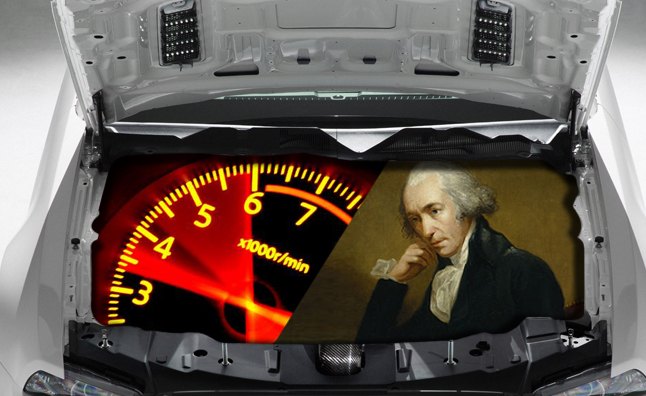




















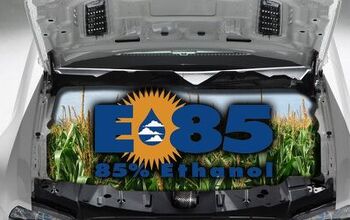
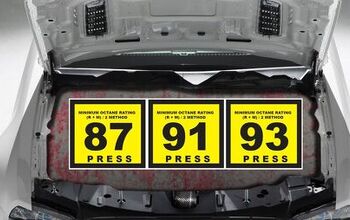
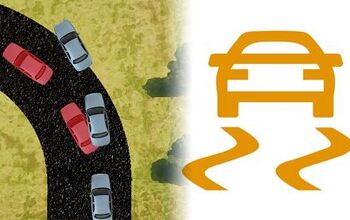

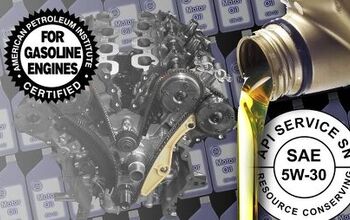

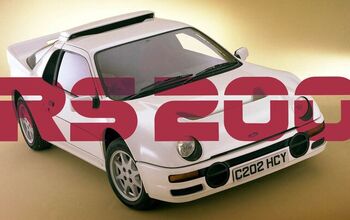

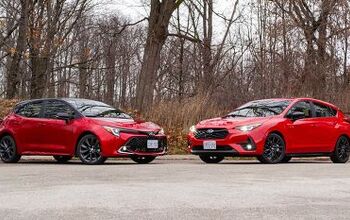
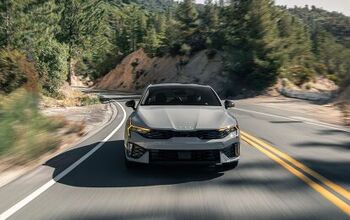
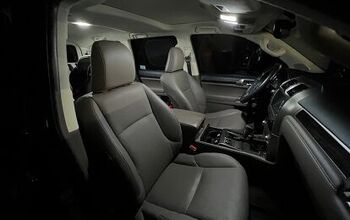
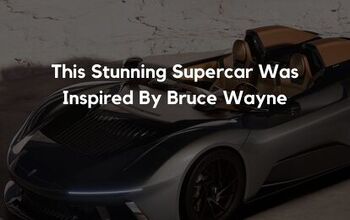


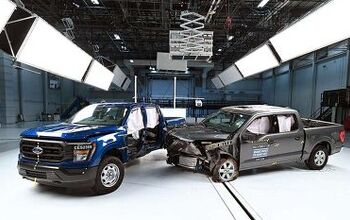
Comments
Join the conversation
Solid. I've been wondering about this for a while.
Excellent! When the European small cars began to arrive to Honduras inthe early fifties years: Hillman, Morris, Escort, Anglia, Renault, Taunus, Fiat, etc., with engines of 1000 cc or less, we said that those cars were "impulse cars".